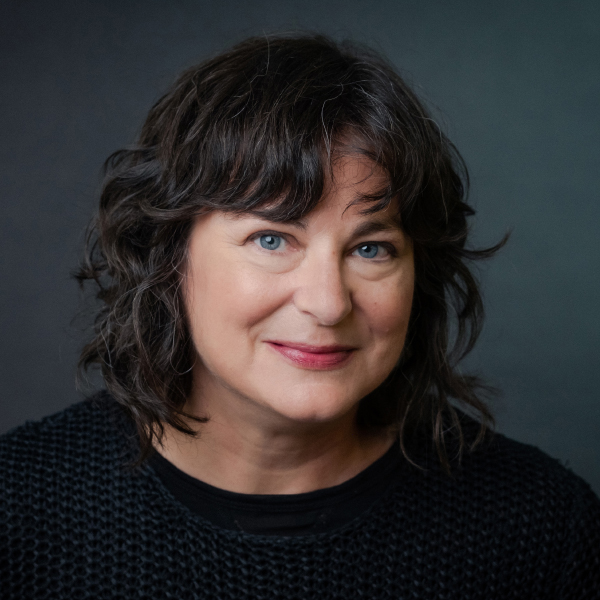André Leon Talley, who carved out a singular place for himself in the upper echelon of the fashion world, died from a heart attack Tuesday at age 73, according to an obituary in Vogue magazine.
Talley became Vogue's first Black creative director after stints at Andy Warhol's Interview magazine, Women's Wear Daily, The New York Times, and, before that, an apprentice of former Vogue editor-in-chief Diana Vreeland at the Metropolitan Museum of Art's Costume Institute.
But Talley also credited his grandmother's fashion sense — reflected in how she kept her home and dressed for church on Sunday — for his elevated taste. Binnie Francis Davis worked as a cleaner at Duke University and raised Talley in North Carolina. "You can be aristocratic without having been born into an aristocratic family," he said in "The Gospel According to André," a documentary of his life.
This embrace of contradiction, perhaps a way of busting through barriers, was one of the few things that defined him. Thomai Serdari, professor of luxury marketing and branding at New York University's Stern School of Business, would encounter Talley at Parsons School of Design, where she also teaches, and said she was always struck by him.

"André Leon Tally commanded attention," she said by email. "Yes, he was physically imposing, a very tall presence with a prominent frame, which he dressed in dramatically long, sashaying opulent garments. But this was not the only aspect that made him stand out. What I admired was the tension he created: loud clothes, soft smile. Grand gestures, humble eyes. Cutting edge fashion stemming from historical knowledge. And this is exactly what I wish could be communicated more, especially to young, aspiring designers."
At least one aspiring designer received the message from Talley himself. In 2010, when he was still a student at the Fashion Institute of Technology, Chris Echevarria (now a full-fledged fashion designer and founder of DTC menswear company Blackstock & Weber) was hovering around the tents at Lincoln Center during New York Fashion Week. He was hoping to somehow get into a show, watching Karl Lagerfeld and other luminaries walk past him, when a black SUV pulled up.
"Out comes A.L.T., and he's a larger-than-life figure — for me it was like a kid that's played basketball their whole life meeting LeBron James or Michael Jordan," Echevarria said by phone. He told Talley so, and, when Talley asked what he was doing there, confessed that he was "trying to finesse" his way in.
"He said, 'Well, boy, I guess you're coming with me,'" Echevarria said. "I walked in with him one time, and I was never asked for credentials at Lincoln Center from that point forward. He was one of the first, if not the first, prominent African-American figure in fashion, and his mission in life was to make sure that he wasn't the last. So through walking me into the show, through having conversations with me, it was an extra nudge I needed to continue when I felt like quitting. I'm sure I'm not the only person he's done this for — I'm sure there are tons of stories like this."
Through such encounters, and from his positions of leadership, Talley helped pull fashion out of its Eurocentric rut, according to Mark-Evan Blackman, menswear professor at Fashion Institute of Technology.
"He was always at the forefront of inclusion," Blackman said by phone. "He realized that light, that special spark, came from the streets, came from everyone, came from everything. And by broadening the pool of what was intentionally fashionable, so many more influences resonated. So we were seeing things percolating up and things shifting down. Creativity is not bounded by any socio-economic class, any race, any gender identification. He saw that, he understood that and he championed that."















